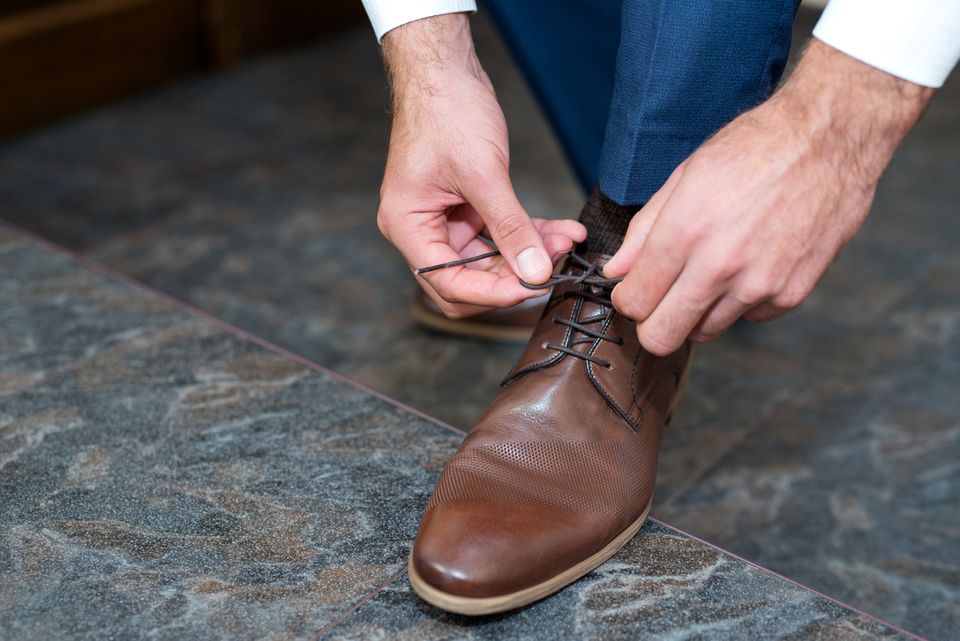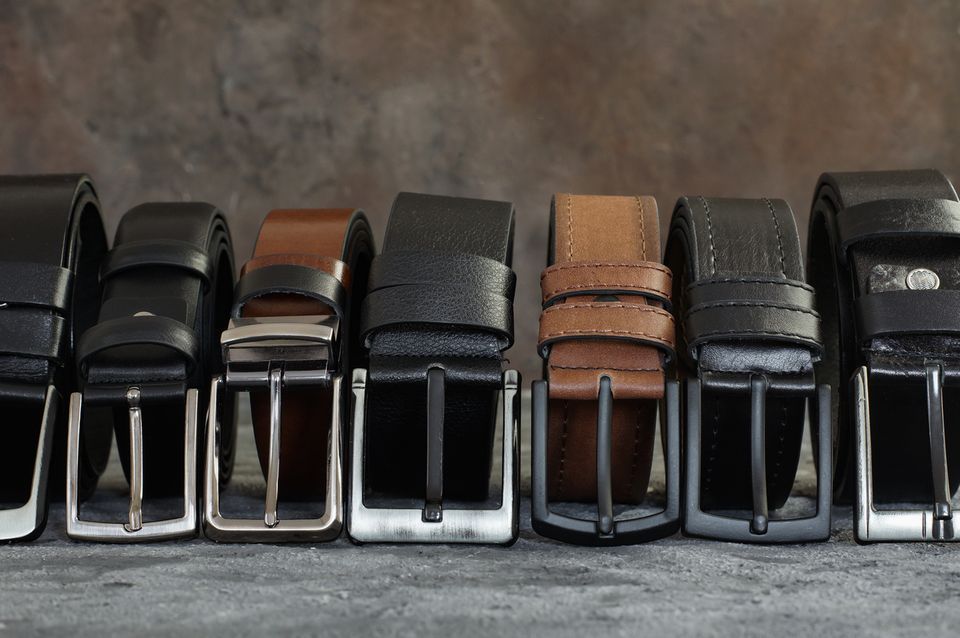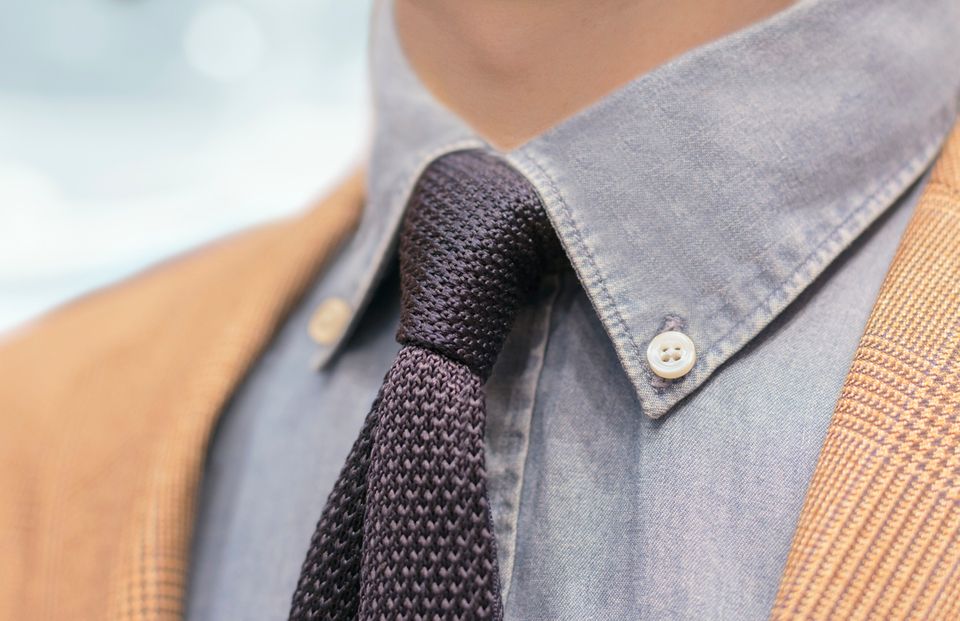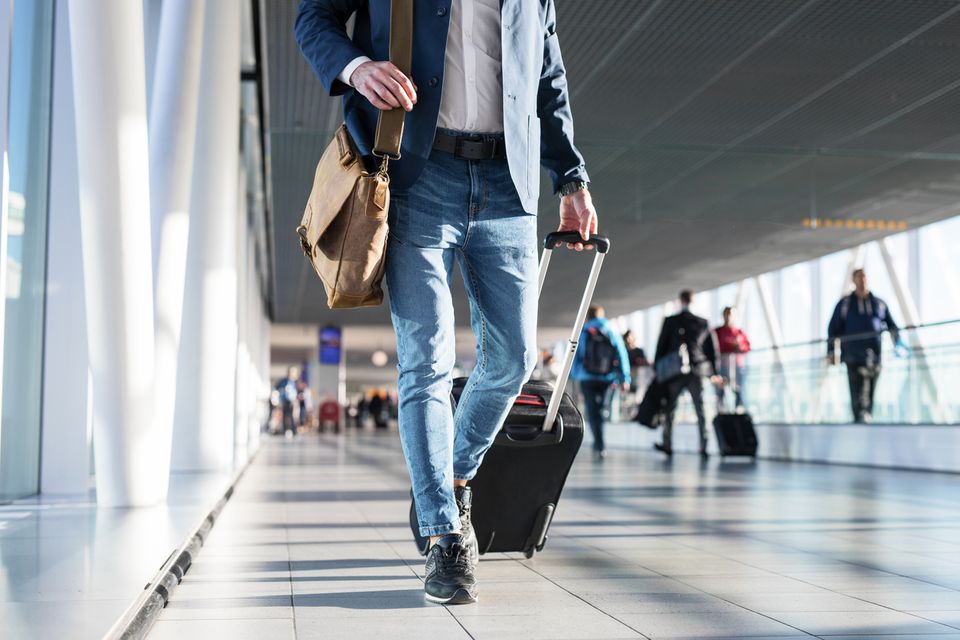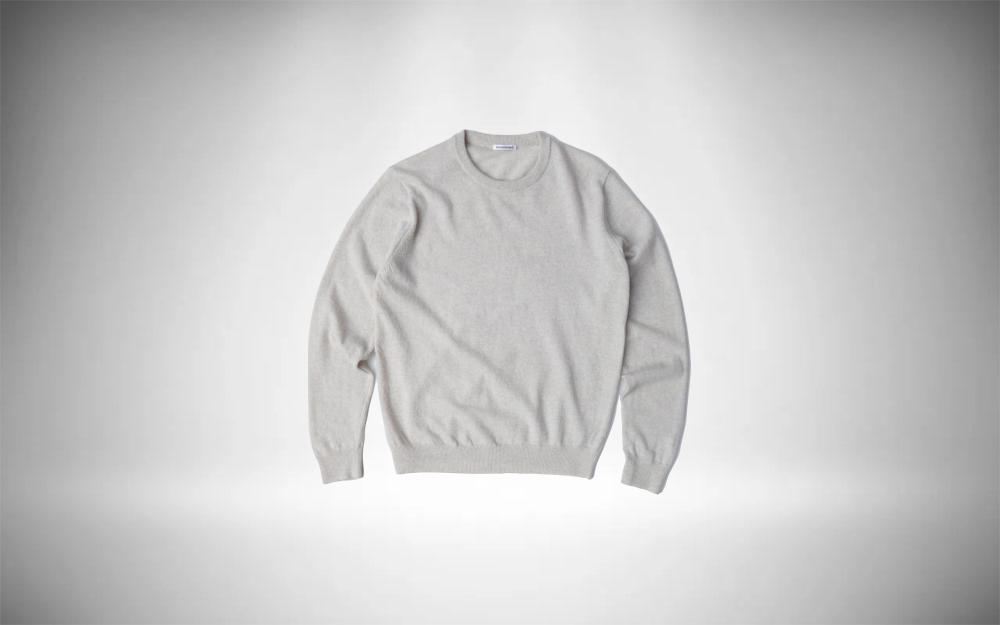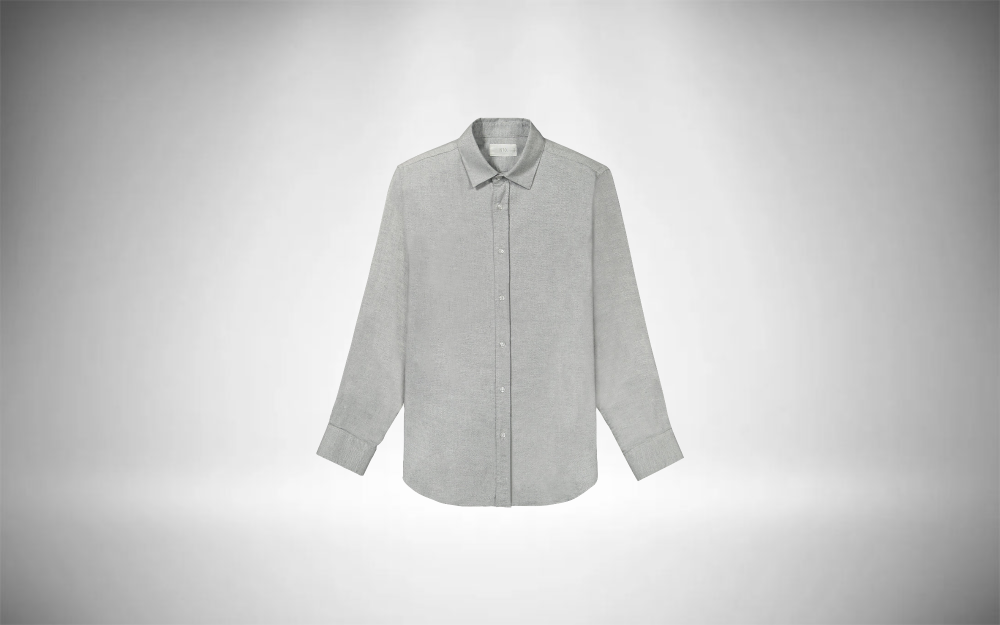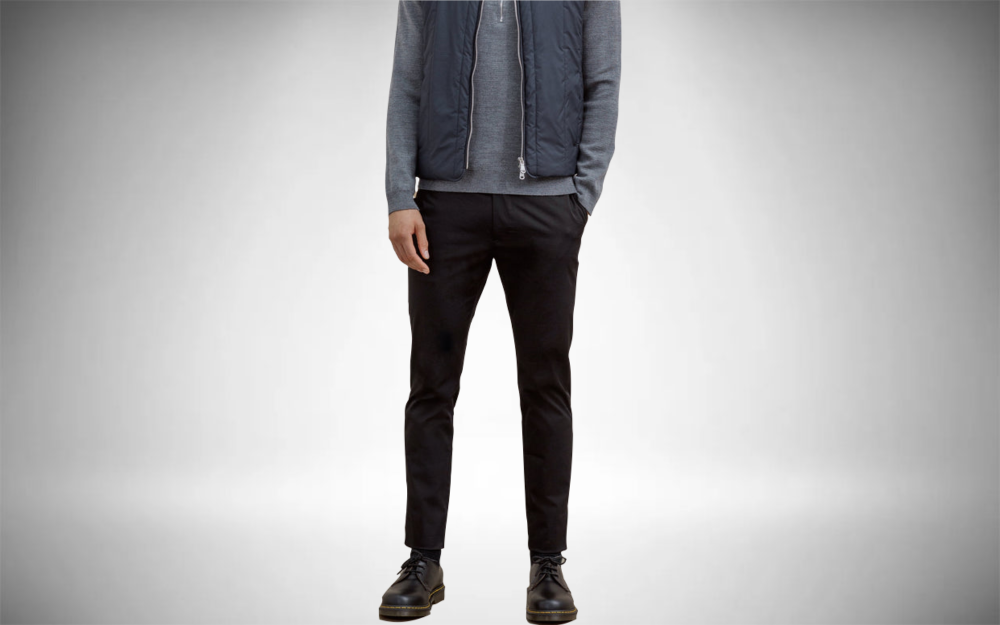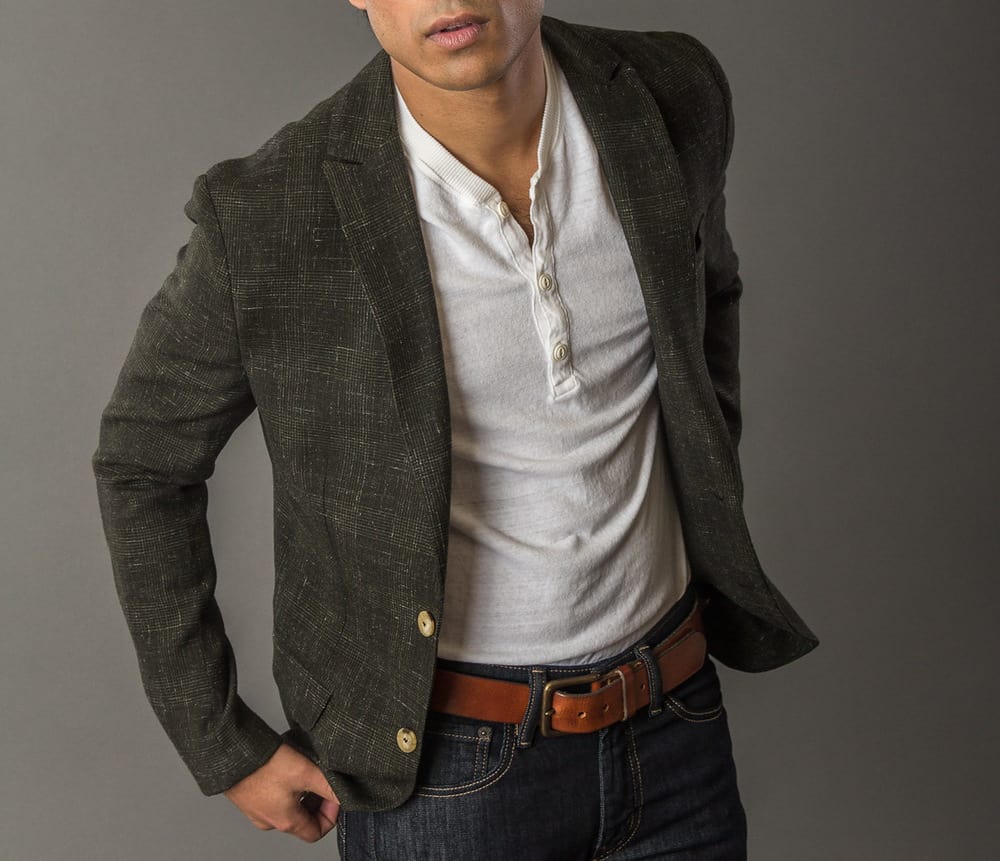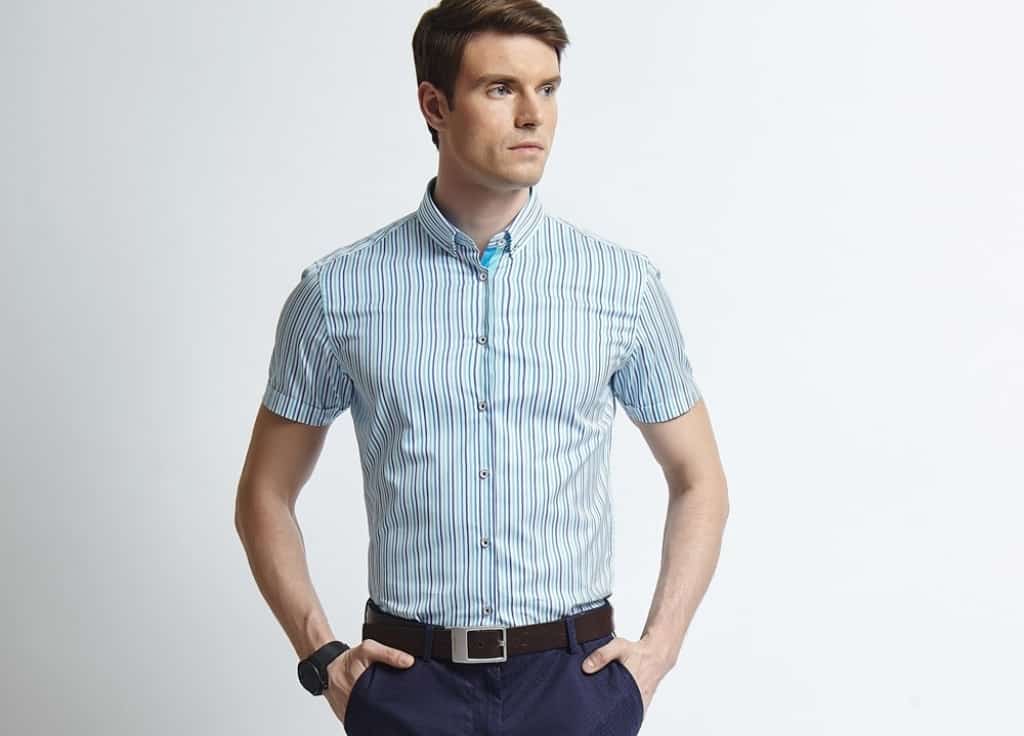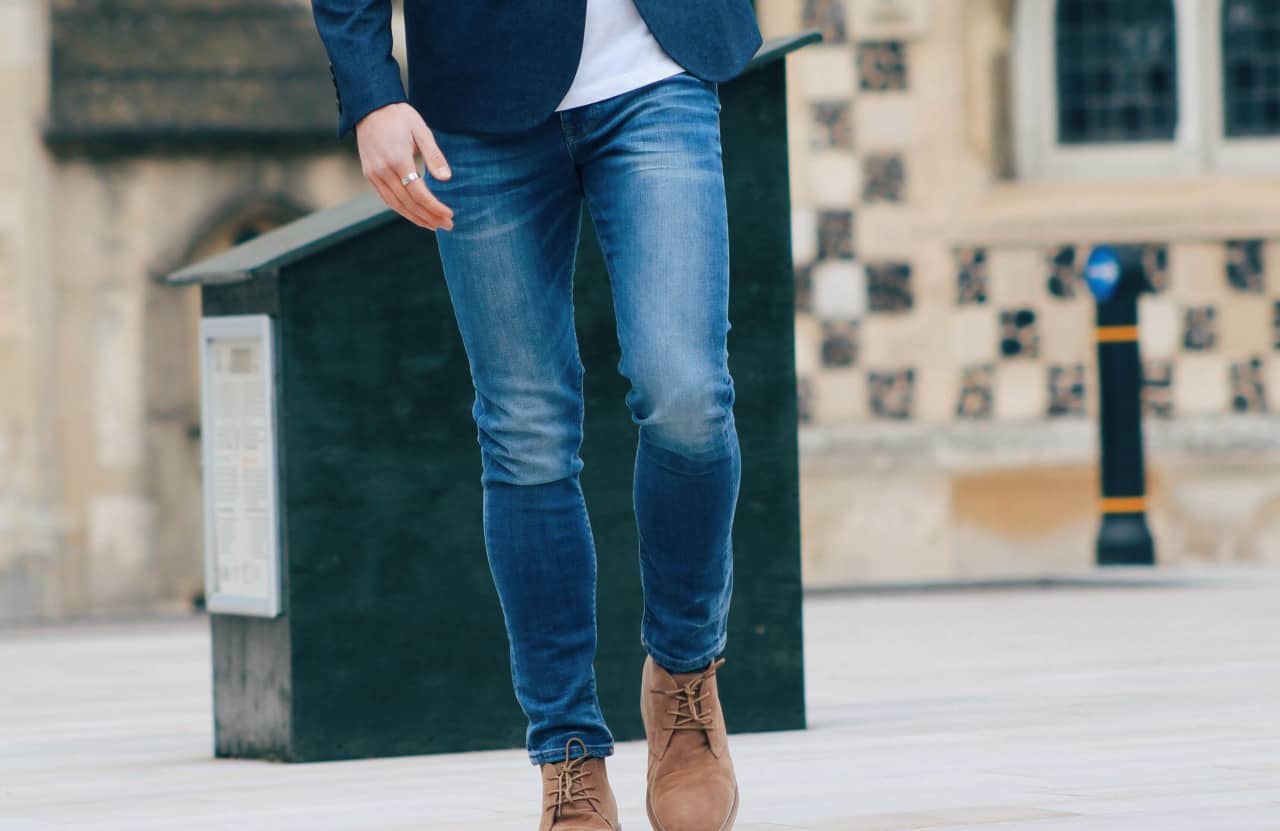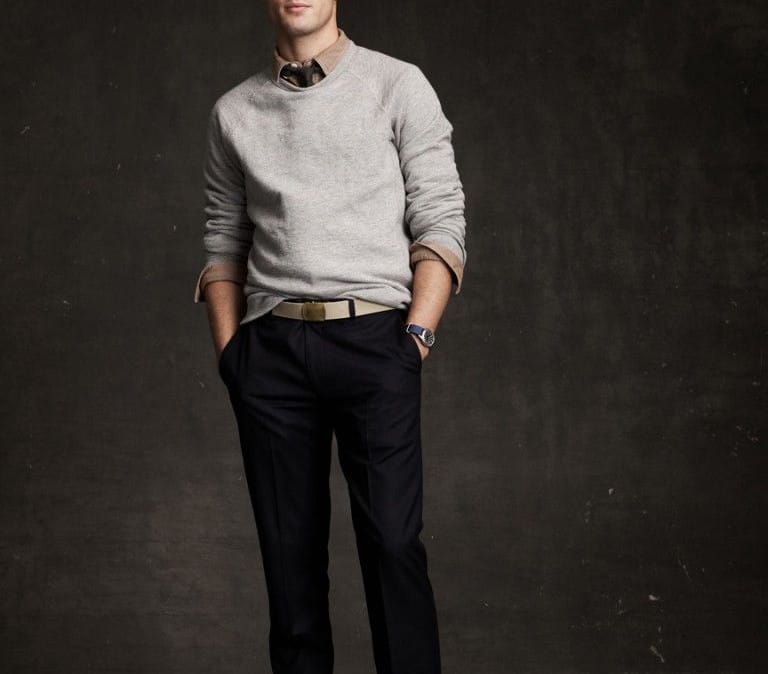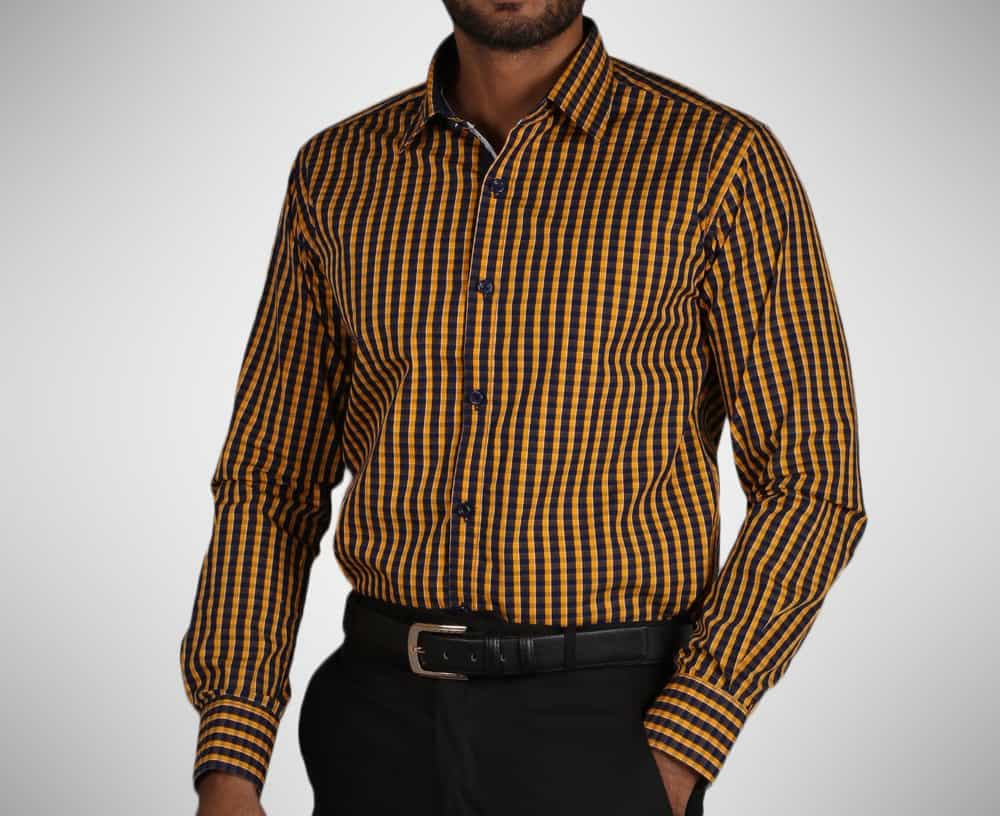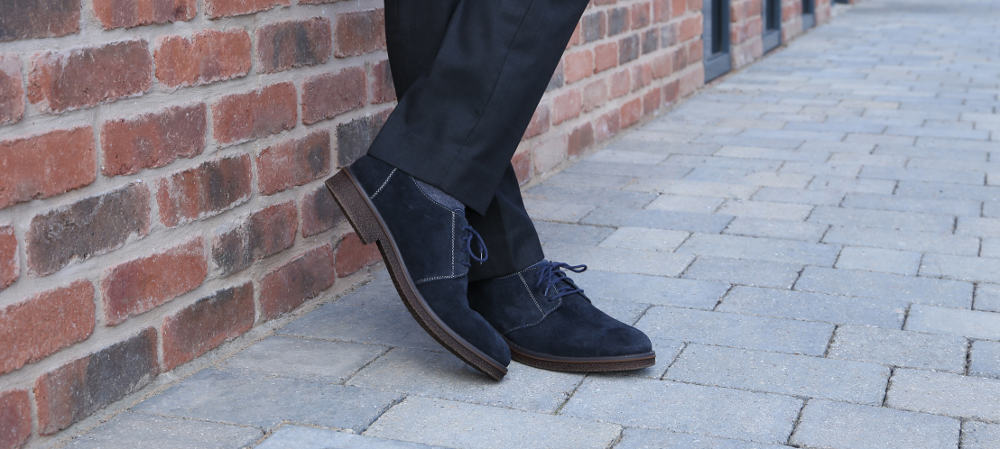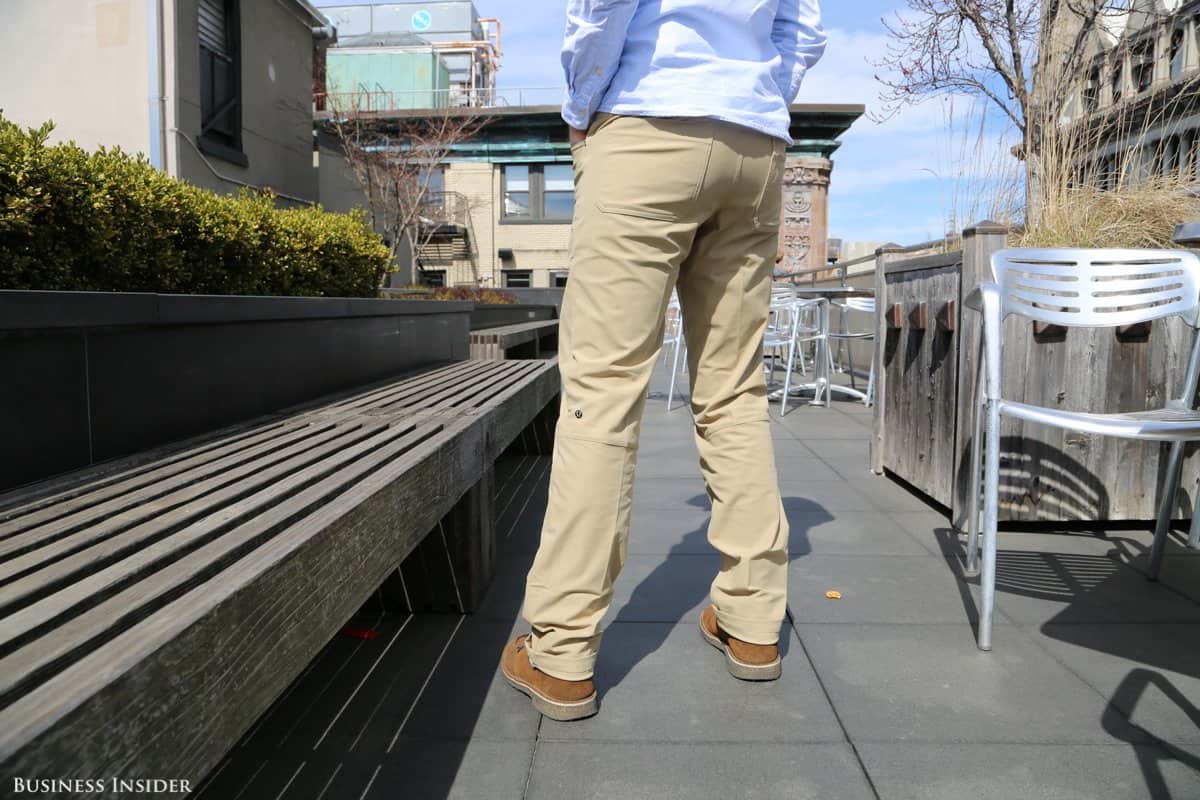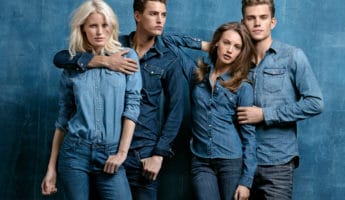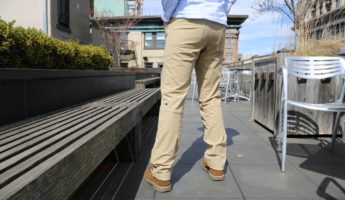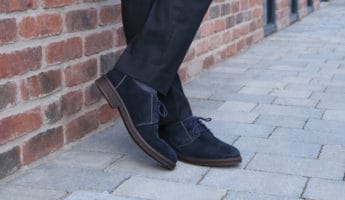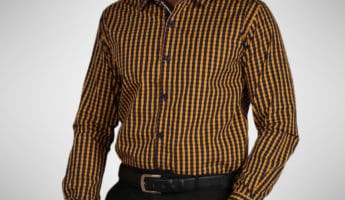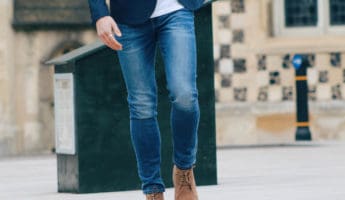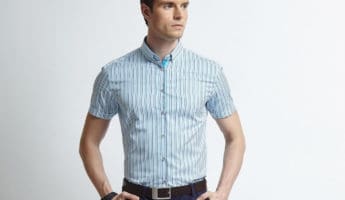In a time when titans of industry are often seen kicking around in tee-shirts or mock turtlenecks and jeans, as more and more industries prize comfort and fluidity in a workplace over prim and proper clothing, it can be difficult to determine what constitutes business casual men’s attire. The result is men that are either over or underdressed trying to fit into an environment where the rules change on a daily basis. With all this fluctuation, it’s helpful to have a basic set of rules for what to consider business dress, and what is a business casual outfit. Related reading: Best Summer Pants for Men
The Background on Business Casual Men’s Attire
The whole business casual dress code is a relatively new concept. Only thirty or so years ago office workers were expected to wear a suit for any kind of corporate dealings. When playing sports, they were allowed to wear polo shirts and the like, but even then sports coats appeared for any activity that wasn’t high-octane enough to warrant breathability. Laborers who didn’t wear suits were expected to wear a uniform, often one that still had a collared shirt that buttoned up the front to give them a semi-professional appearance. As with sporting wear, the purpose was to reach as high as possible on the aesthetic scale while still allowing a person to do their job. Then, the world began to change, and clothing changed with it. Starting with a company that produced Hawaiian shirts introducing “Aloha Fridays” to drum up more sales, “casual Friday” soon followed, wherein rather than suits, employees could dress down a single day out of the week. Thus began the battle between the casual and business casual outfit.
Excessive Casual Becomes the Norm
Once the seal was broken, allowing workers to avoid wearing the customary suit and tie ensemble, the flood began. Workers began arriving to work in jeans, T-shirts, polo shirts, shorts, sandals, baseball caps, and whatever else they felt like. Managers began to worry that this trend would lead to a dropoff in productivity since the common misconception was that a person dressed more formally would attend more adroitly to business operations. On the flip side, numbers rarely showed this to be true, as people tend to work better when they feel comfortable. While the top-tier executives wanted everyone dressed to the nines, they saw that the common worker was performing better while dressed in a more relaxed style.
The Business Casual Compromise
Around the late 1980s and early 1990s, the Levis company offered a solution in the form of Khakis with their Dockers brand of pants. These mixed the lightweight chinos of sportsmen with a flair for business that wasn’t as restrictive as a suit. In addition, they weren’t as ‘sloppy’ as a pair of cutoffs. When paired with a tie or button-up shirt, these pants found a home in the ever-developing world that lies between suits and weekend wear. Other brands soon followed suit by crafting the looks we know today, such as polos and twill pants, jackets and jeans, or even plain T-shirts tucked under a casual coat with a pair of nice trousers or slacks.
4 Business Casual Wardrobe Essentials
Now that we have gone through the business casual wardrobe basics, it’s time to take a look at filling your closet with new clothes. The man who can conquer the business casual look can conquer the world. The following items may not fill your closet but they will certainly set you on your way.
1. Luca Faloni Midnight Blue Cashmere Zip-Up
Not all sweaters are good for business casual attire, but this one by Luca Faloni is a fantastic option. The half-zip design makes it more casual than most V-neck sweaters, a suitable choice for wearing over dress shirts and button-down shirts to make a classic business casual combo. Given the incredibly insulating property of the 100% cashmere-made zip-up, you can wear this one from autumn to spring. Well-fitted silhouette and midnight blue shade keep it casual yet professional. Pair it with equally business casual dress pants, chinos, or slim-fit corduroys for a complete look. Check Prices
2. L’Estrange London The 24 Black Trouser
A well-tailored trouser is a must-have for every work wardrobe collection, making you feel and look sharp without being completely overdressed. Wearable as a suit pant or the more professional alternative to your laid-back jeans, the 24 Trouser by L’Estrange London is as comfortable as it is polished. It’s soft as a cloud and suitable for any situation, even at the workplace and during business hours. Constructed using a premium quality stretch cotton and tailored with a slim-fit silhouette and a hidden elastic waistband for a spot-on fit, it looks smart and sophisticated. Check Prices
3. ISTO Cotton Cashmere Grey Flannel Shirt
A good shirt is the core of men’s business casual. Although a blazer is optional, a top-quality dress shirt should always be part of the attire. While you don’t have to stick to whites, you won’t go wrong with sticking to a lighter-colored shirt, like this grey flannel number from ISTO. Almost entirely made of organic cotton with an added cashmere, it’s ultra-soft to the skin and lightweight enough to wear every season year after year. Wear it tucked in for a smarter, more professional look, or untuck your shirt for a more laid-back, casual aesthetic. The nice, relaxed fit and the buttonless collar are a win-win, making it less heavily weighted for a more casual look. Check Prices
4. Unrecorded Lambswool Grey Sweater
While blazers are a famous choice for a business casual look, it’s not an absolute must, and there are alternatives as well. When the winter chill is coming out, opt for more protective business casual wear, a sweater like this one by Unrecorded. Made with 100% extra-fine Australian merino wool, it’s super soft and comfy, non-allergenic, and ultra-lightweight, giving you a luxurious cashmere-like feel. It’s the perfect layering for winter, and the simple pattern, muted color, and relaxed fit keeps it business casual. The crewneck design is simple but then pair it with a collared shirt, with the collar tucked underneath the sweater or popped over it, and you’re good to go. Check Prices
Guide: Modern Business Casual for Men
Many of the rules of the past still hold sway today, which is to say that khakis are usually the staple of the business casual outfit. They are the cornerstone from which all else flows. To better understand how business casual operates, here’s a few general rules that will get you close to business casual, though your company may have particular rules.
Jeans are Not Considered Business Casual Pants
While genius CEOs might favor a set of worn denim pants, you should never assume that jeans are acceptable as business casual attire. This includes black or white jeans, though either one can be acceptable, but still run the risk of showing disrespect to your clients, your boss, or your business. The best thing to do is to get a pair of twill pants or chinos in place of jeans, as they bear much of the same comfort and durability while looking less like you’re about to head off to a barn dance.
Longer Legs and Sleeves Are More Professional
When considering your clothing options, let long pants and long sleeves help guide you. The more skin you’re showing as a guy, the more sporty your attire is considered. Having pants and a shirt that breathes is fine, but you’ll generally want to avoid short sleeves and pants that don’t reach your shoes. We likewise advise heavily against button-up shirts that have short sleeves. They’re too tacky for wearing in an office and don’t look as good as a long-sleeve polo that’s tucked in or a long-sleeved tee tossed on under a jacket.
Jackets Are Key to Men’s Business Casual Wear
Sport coats, blazers, and orphaned suit jackets are all a quick way to turn an ordinary outfit into one that will get by the business casual dress code. No matter how casual the jacket is, it shows that you took extra effort in your appearance. It won’t compensate for wearing shorts, but can make a basic T-shirt seem much more professional, so long as it doesn’t have any designs, logos, or “hilarious” sayings on it. Adding a pocket square can further move your jacket into the business arena and prove that you’re enhancing your outfit. Just make sure it mixes well with the other colors you’re wearing, or it’s going to make you look like a clown about to do a terrible never ending scarf trick.
Ties
Another quick way to take a plain button-up shirt to the next level is to give it a natty tie. Make sure you get the length right if you can, but in the case of business casual dress code, you can wear a novelty tie that doesn’t fit quite as well. It’s just going to knock you down a few style points and isn’t good for more serious meetings. When donning a classic business casual outfit, knit ties or those with square bottoms shows a respectful kind of casualness that’s perfect for this look. Don’t be afraid to go with a cravat or an ascot, as these are relaxed tie variants that can add fashion to your wardrobe without looking too formal.
Don’t Completely Ditch the Dress Shirt
When thinking about men’s business casual shirts, you can’t really go wrong with a basic Oxford shirt. Tucked in it is the cornerstone of perfect business casual outfits. You can opt to leave the top button undone, but never leave the tails hanging out of your pants.
Belts Make the Man
Since your shirt should always be tucked in during business casual hours, you must have a belt. Any pants without belt loops are too casual for working hours. There are a great many belts out there, and when putting together a casual working outfit you are free to choose anything that you feel compliments your outfit. Just stay away from belts with large or detachable buckles as these will be deemed a little too casual for the office. Related Reading: Best Belts for Men
Sweaters and Vests Are Great Business Casual Fabrics
Vests are a nice way to tone down a suit for business casual outfits, and are much appreciated if you’re also going without a tie, since they show an intentional arrangement of your clothes, which speaks more highly of you. Likewise, wearing a vest with just a shirt and tie, sans jacket, can add a note of formality, though it can be a hard look to pull off. Sweaters should be clean pullovers and are best when either fitted or worn with a tie. Cardigans or anything that buttons in the front is more for casual wear, though can be used on a case-by-case basis. Merely be wary of looking like you’re about to smoke a pipe on the patio rather than do your job.
You Can’t Go Wrong With Casual Dress Shoes
Dress shoes are best for going business casual, and you should always have dark socks. In many instances, the right kind of boat shoes or loafers can work, but be careful walking that line. At no time should you opt to go sockless, and never wear sandals or anything that shows your toes.
Final Thoughts on the Best Business Casual Men’s Attire
There you have it. Everything you need to know about the dreaded ‘business casual’ phrase. You are now armed with all the knowledge you could need to build a closet full of business casual men’s attire. What is your biggest business casual faux pas? Do you have an embarrassing or inspiring story you would care or share? The comments are open and we would love to hear from you. From your best stories to your favorite items of business casual attire. Hit us up below.
